Subscribe to Updates
Get the latest agriculture news and updates directly to your inbox.
Author: staff
The political fight over beef prices intensified this week after Agriculture Secretary Brooke Rollins said on Fox Business that Americans could see relief “as soon as next spring,” despite industry warnings that the cattle cycle cannot be accelerated by government action. In reporting from The Washington Times, Rollins insisted that the administration’s projections show price declines ahead. “The president is hyper, hyper focused on this,” she said. “Our numbers and our formulas are showing that prices will start coming down as soon as next spring and certainly by summer and fall of next year.” She blamed high prices on drought,…
The Environmental Protection Agency (EPA) and Army Corps of Engineers released a proposed new waters of the U.S. (WOTUS) rule on Monday. According to official documentation, the proposed rule is intended to “provide greater regulatory certainty and increase Clean Water Act program predictability and consistency by clarifying the definition of “waters of the U.S.” There will be a public comment period on the proposal for 45 days after it is published in the Federal Register. The proposed rule has pleased agricultural groups, but environmental groups are “sounding the alarm” about it. Here’s a closer look. Agricultural Groups American Farm Bureau…
The U.S. Department of Agriculture announced the details of “Stage 2” of the $16 billion it’s handing out via the Supplemental Disaster Relief Program. This payout covers crop, tree, bush and vine losses that were not covered under Stage 1 program provisions, including non-indemnified (shallow loss), uncovered and quality losses. The enrollment period for Stage 2 opens Nov. 24, 2025 and the window for both stages closes April 30, 2026. The Stage 2 funding, which was announced just days after the federal government emerged from its longest shutdown in history, comes in addition to the $9.3 billion in Emergency Commodity…
Eating vegan and carnivore are opposite ends of an extreme spectrum. A vegan diet consists entirely of plant-based foods and excludes everything that’s even animal-based; a carnivore diet, on the other hand, consists only of animal-based foods and has nothing plant-based. They are so far apart that it almost sounds difficult to compare them, but that’s what Enrike Maree set out to do. Maree is the face behind AgreetoThisAgri, where she dispels myths about farming and other hot agriculture topics like sustainability and technology. Maree decided to put her diet to the test by doing a comprehensive evaluation of her…
What Happened In August, the USDA released the monthly World Agricultural Supply and Demand Estimates (WASDE) report. Eye-popping yield expectations in corn and soybeans with projections for record crops provided the potential for prices to collapse. The report also indicated significant demand increases. In the end, the trade took the report as a buy opportunity, anticipating that the biggest yield numbers were likely already factored into prices. The expectation that U.S. farmers would reach nearly 190 bushels an acre in corn and close to 54 bushels an acre in soybeans may have been too robust. Since the report, corn prices…
Ahead of 9 a.m. CT, March corn was up less than a penny at $4.48¼ per bushel. January soybeans were down 6¾¢ at $11.50½ per bushel. March CBOT wheat was down 3½¢ at $5.55 per bushel. March KC wheat was down 3¾¢ at $5.41 per bushel. March Minneapolis wheat was up 2¢ at $5.83¼. This morning, USDA announced China is buying 792,000 metric tons of soybeans for the 2025/2026 marketing year. Ahead of 9 a.m. CT, January feeder cattle were down 95¢ at $325.33 per hundredweight (cwt). February live cattle were down 5¢ at $221.73 per cwt. February lean hogs…
Today’s machinery technology requires specific hardware and software to make it all work together. The ability to use your preferred platform is nearly as important as price and condition when it comes to buying a new-to-you machine. “Changing over can be hard, and it’s one of the interesting dynamics that I’ve seen in the last few years people are choosing what equipment they buy based on what precision ag hardware works best in it,” said Nathan Faleide, creator of the Ag Uncensored podcast and newsletter. “If the machine is right for you in all the other ways but you want…
Horizon Farm Credit, which serves 100 counties in and near Pennsylvania, recently awarded $100,000 in prizes to 10 beginning farmers through their Farmers on the Rise program. Each recipient received $10,000 to help their operations grow and honor their outstanding achievements in agriculture. The 2025 awardees represent a range of agricultural operations across Farm Credit’s 100-county footprint. The following agriculturalists received this year’s honor: Zachary and Jane Blough of Federalsburg, Maryland Noah and Breann Detwiler of Telford, Pennsylvania Saj Dillard of Baltimore, Maryland Bobby and Sara Hricko of Elysburg, Pennsylvania Larry and Ashley Latta of Petersburg, Pennsylvania Wes and Jackie…
On November 17, 2025, the U.S. Environmental Protection Agency and the Department of the Army unveiled a long-awaited proposal to once again revise the definition of “waters of the United States,” known simply as WOTUS. The move is the administration’s formal response to the Supreme Court’s 2023 Sackett v. EPA decision and marks the latest major turn in a regulatory debate that has stretched across four presidencies. According to the pre-publication version of the proposed rule, the agencies say they are “seeking public comment on a proposed rule that revises key aspects of the definition of ‘waters of the United…
Key Points The longest U.S. government shutdown ended last week after the president signed a spending package that will fund USDA through the rest of the new fiscal year.USDA’s National Agricultural Statistics Service confirmed the Crop Progress report will not be released today, saying it is “working on getting all reports rescheduled.”Without new data, historical mid-November reports show harvest activity typically near completion for corn and soybeans, with winter wheat planting and emergence largely finished. The longest shutdown in U.S. history ended late Wednesday last week when the president signed a spending package that effectively reopened the government. Although the…


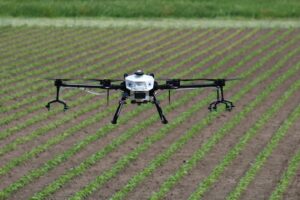




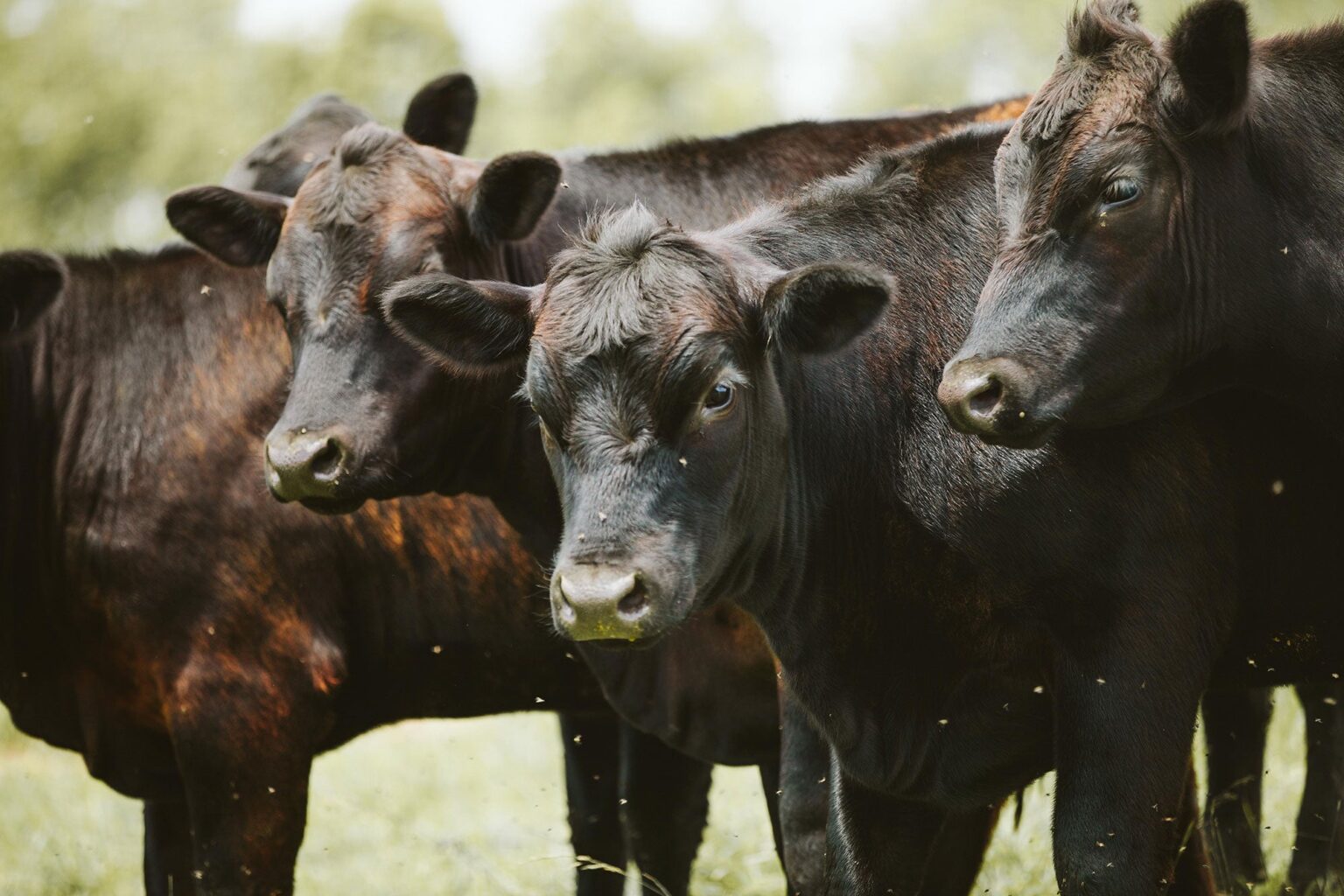
:max_bytes(150000):strip_icc()/49445657561_b1fcbfbcec_o-ec05e784dff44a8498ec134555cf02c3.jpg)

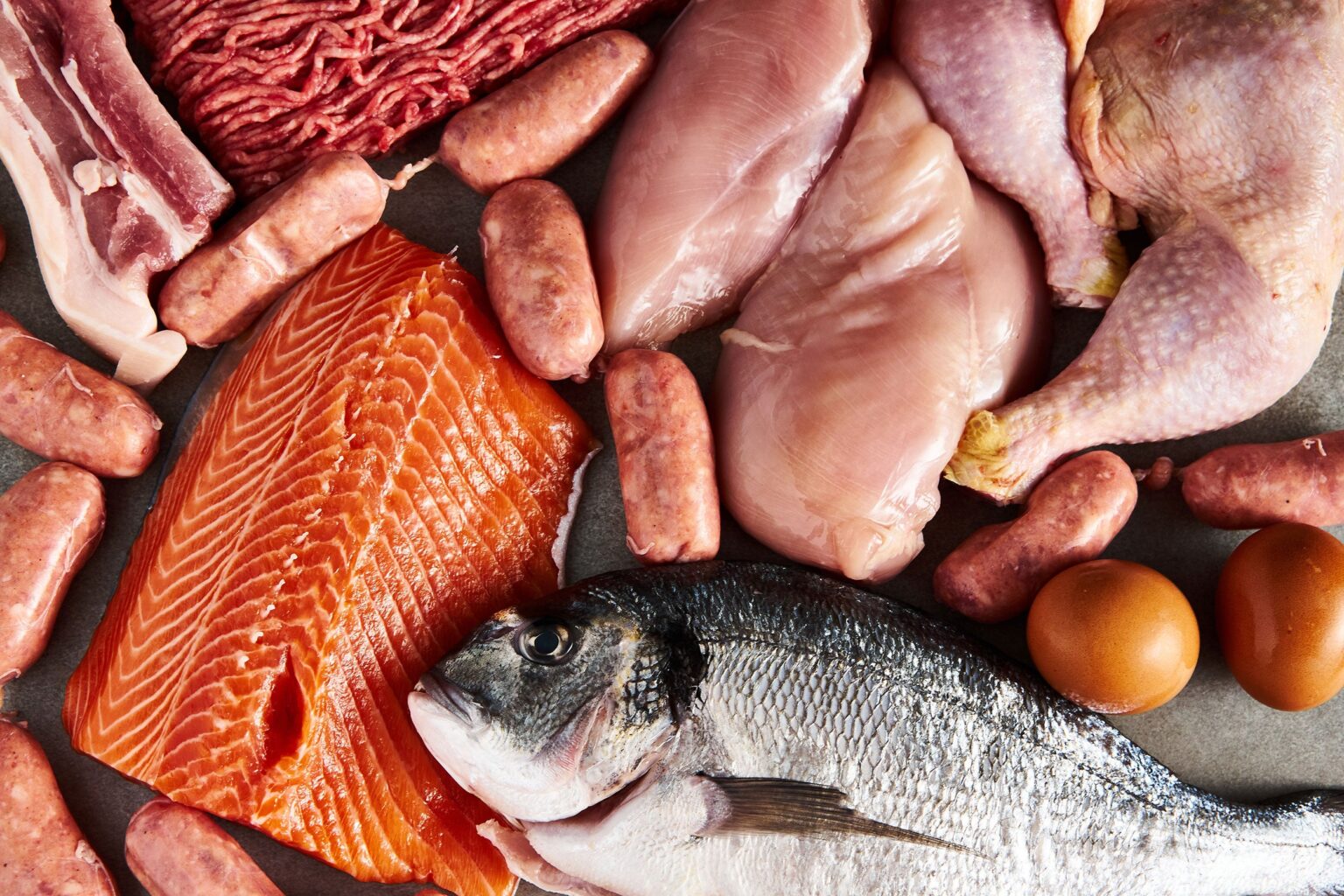
:max_bytes(150000):strip_icc()/102195214_beef_cattle-5c2eb9f466fb4b5cb550eb06fd3405bc.jpg)
:max_bytes(150000):strip_icc()/Markets-4-Soybeans-candlestick-down-15-56fa1f6bc0d943ab952eeaea08f1cf83.jpeg)
:max_bytes(150000):strip_icc()/r4i016888_rrd1-59378d04d6f5460aaa5717f1a0a7c2da.jpg)
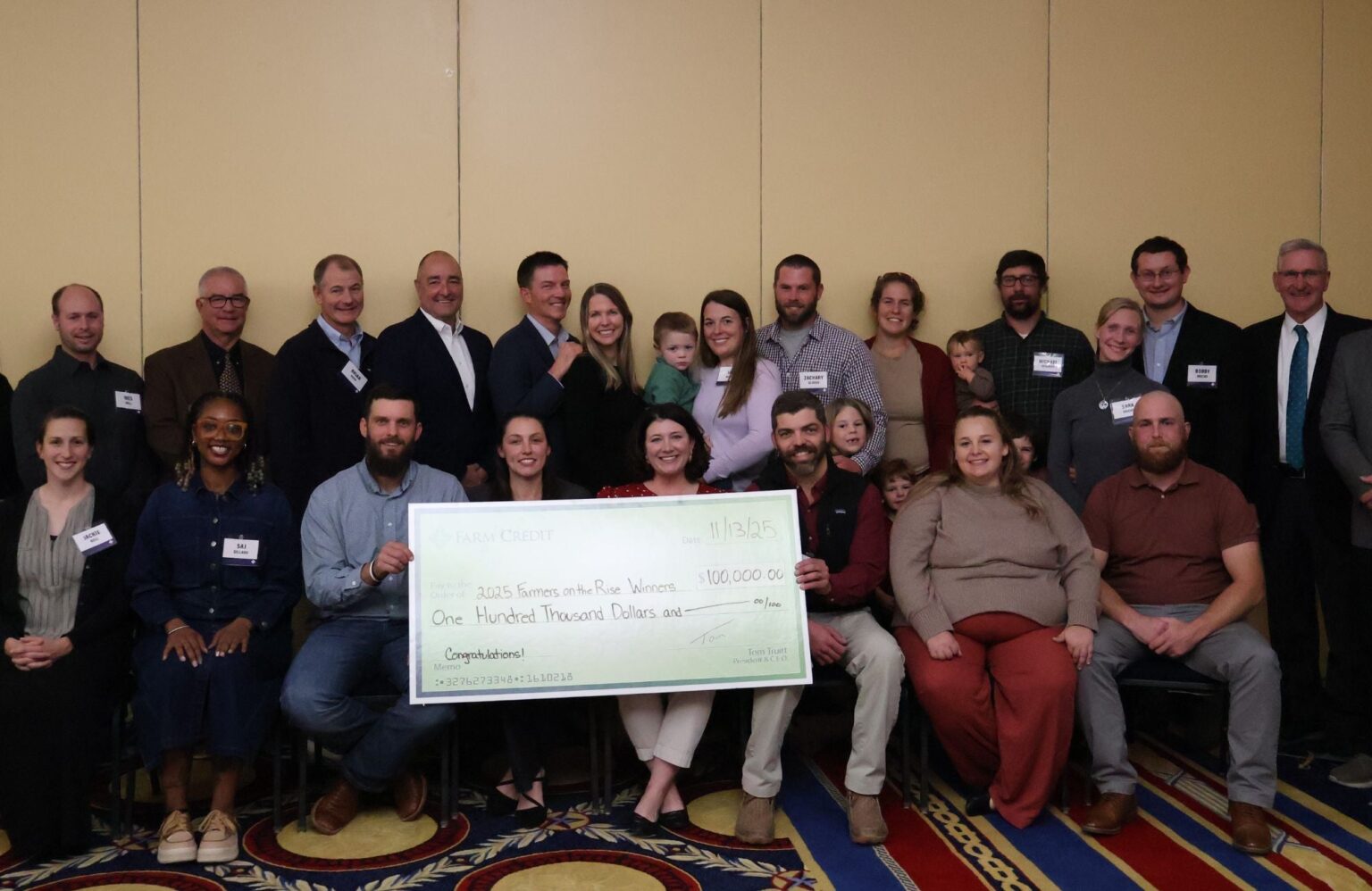
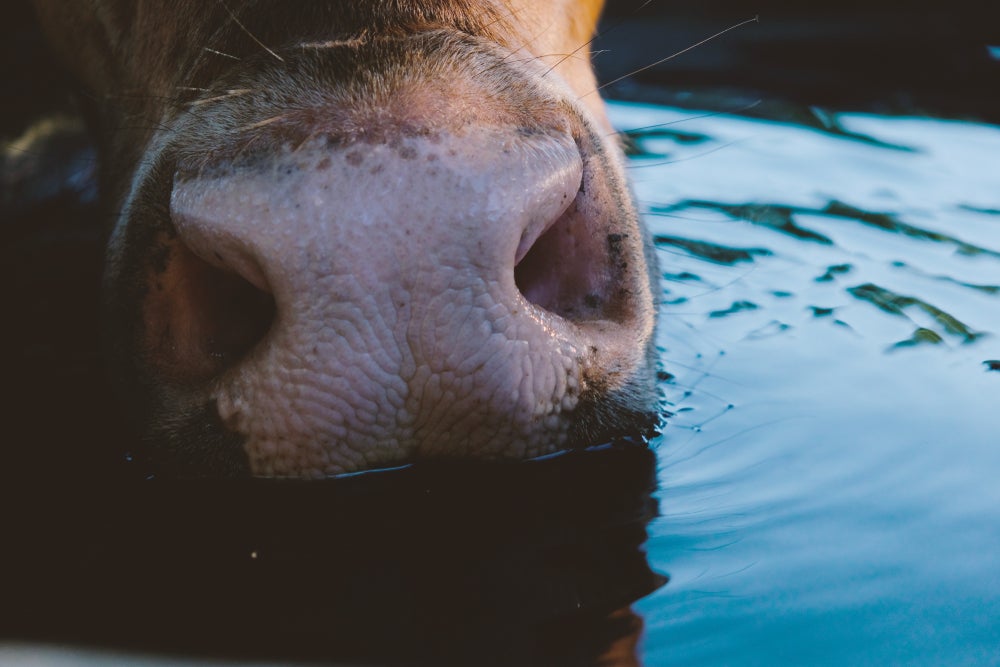
:max_bytes(150000):strip_icc()/2210-08-116_farm_field-320a3623098146a4b7cb6c4db45252c1.jpg)